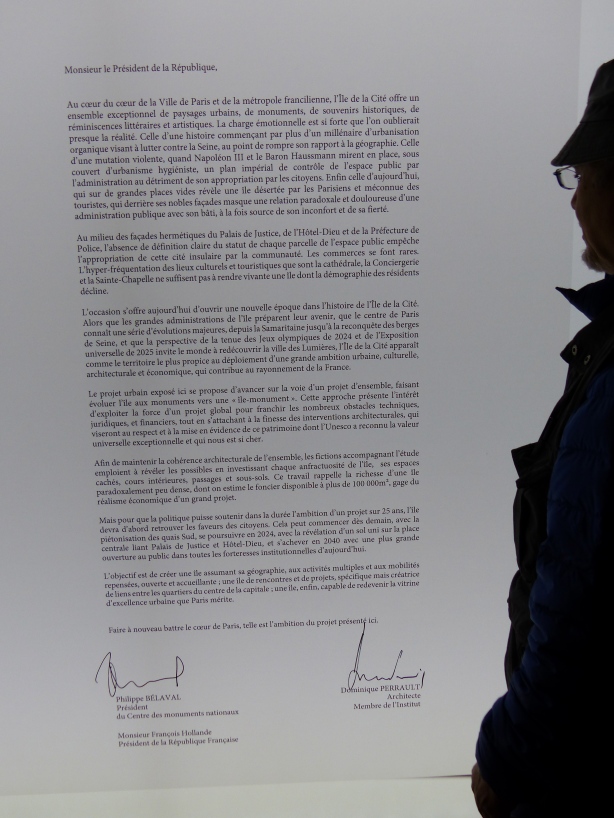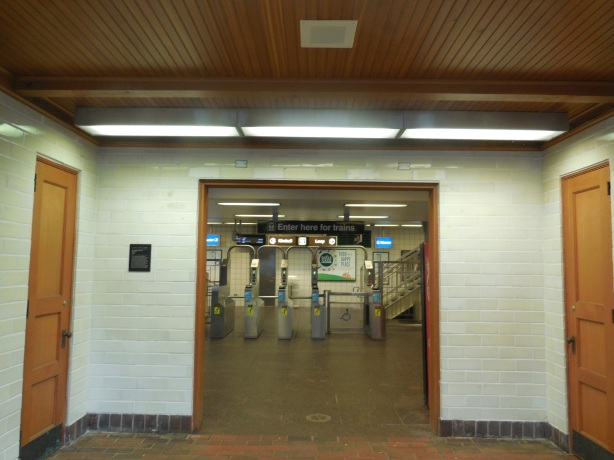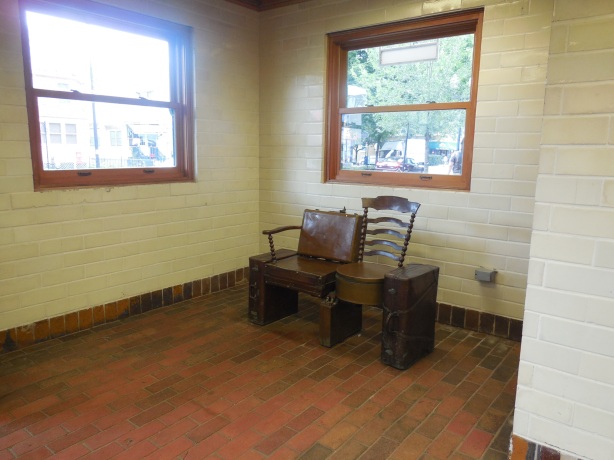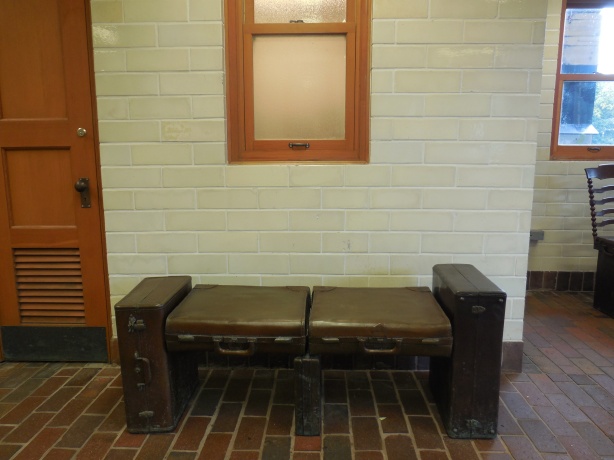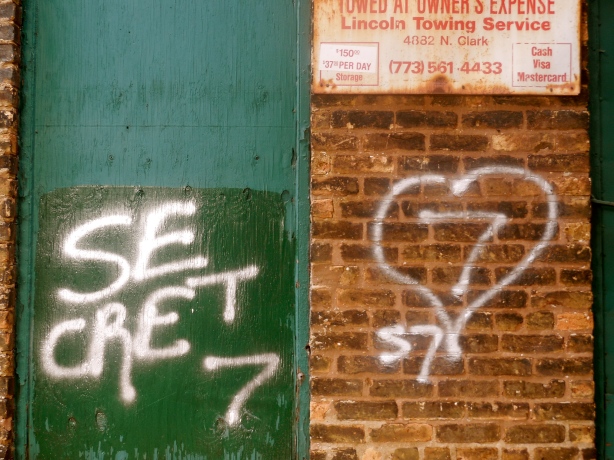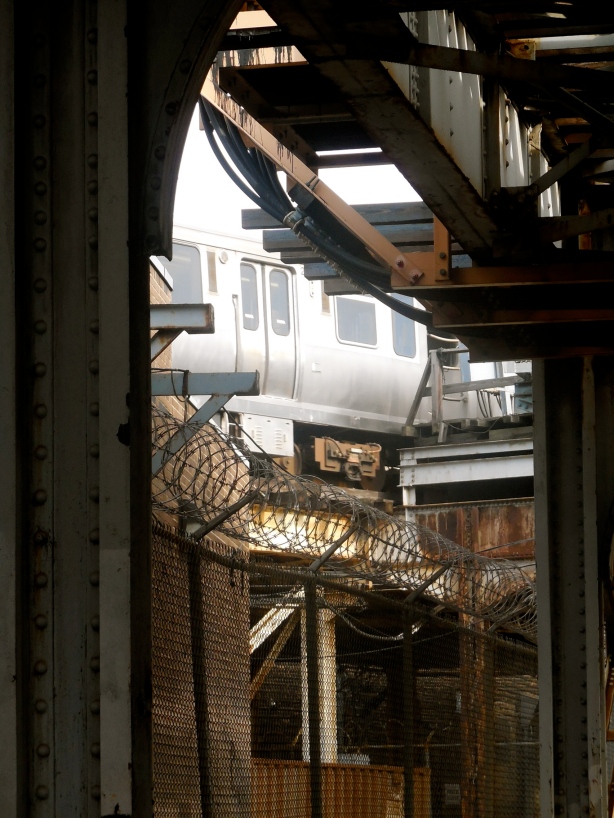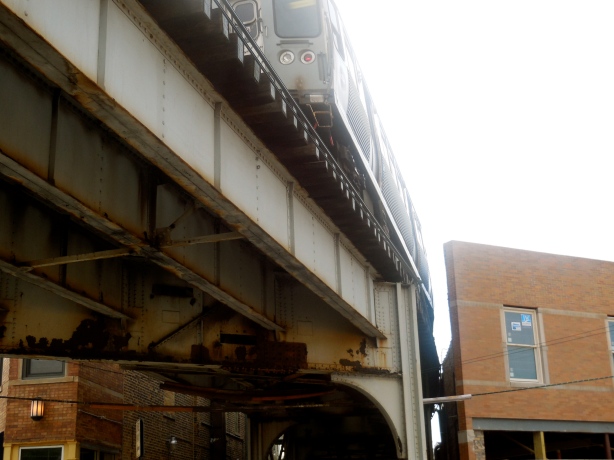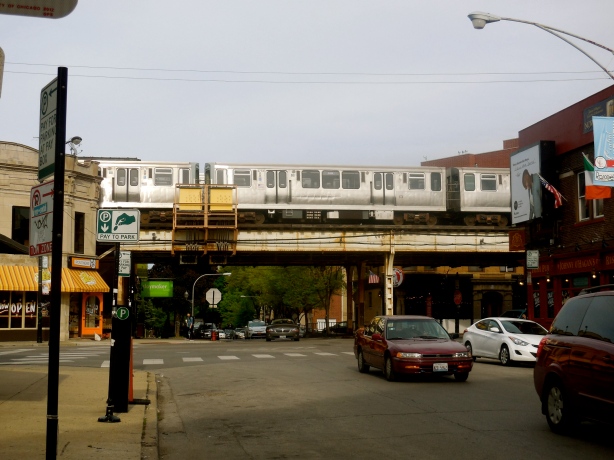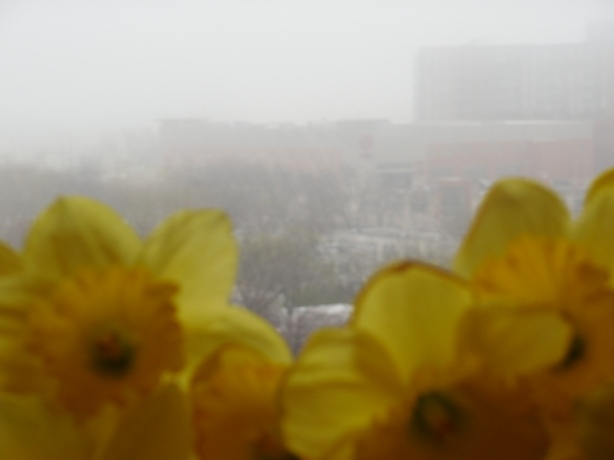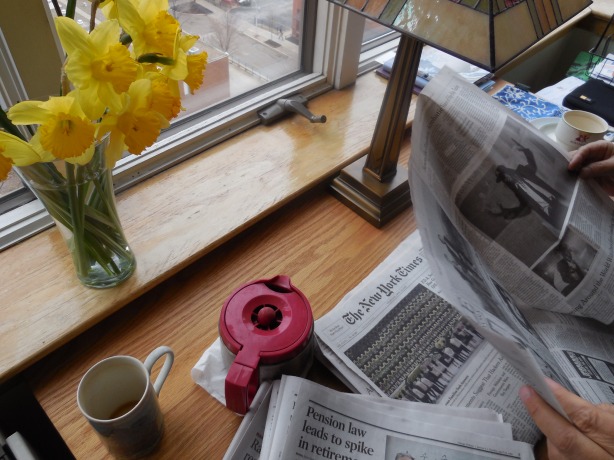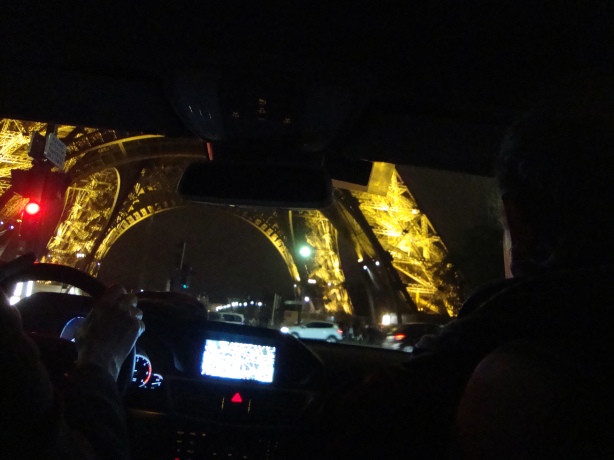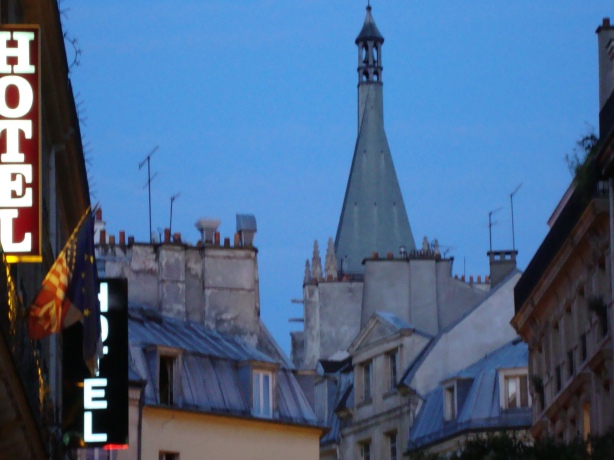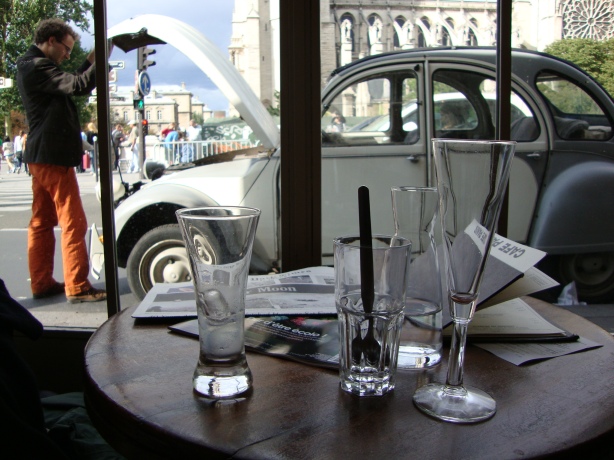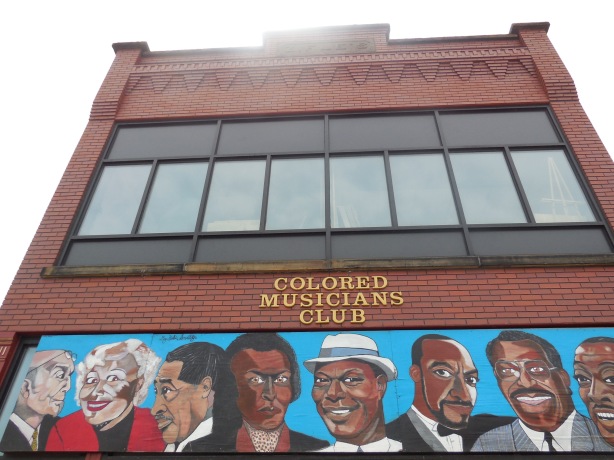
The Colored Musicians Club, Buffalo
nan turpin photographs
This otherwise unremarkable two-story brick storefront, with its neighboring couple of buildings and businesses, is what’s left on a Buffalo block that was pretty near urban renewed out of existence, like a lot of neighborhoods across the country. Chicago lost some of the best parts of what it was by civic “improvement” in the 1960s and ’70s and proved it didn’t need a Robert Moses to do it.
Today in Chicago we’re seeing a new style of fragmented urban renewal roll through the city. One of the new-style urban renewal tools is re-designating entire neighborhoods or individual blocks and buildings “tear downs.”
Even in the essays of Chicago’s main architecture critic we see a casual way of assuming the current real estate speculation is beneficial to the city. Startlingly inflated property values are commonly referred to as a good way to improve the city’s revenue stream and take pressure off under-funded public pension plans.
One way or another real estate speculation right now is forcing people to leave their neighborhoods and forcing them to the edges of the city and then out. Real estate speculation is not adding value to the city and relieving the burden of the tax rolls. At least we can consider it is part of a new rhetoric in the service of the new-style urban renewal.
Primary Source recently looked into what Buffalonians are trying to do to revive their town. The Queen City has a lot of problems, just one being the loss of nearly half its population in recent decades. One of the things the civic core seem to agree on right now is reviving their historical sites, including recent 20th century history places, helps natives and newcomers alike give deeper meaning to the city they are choosing to stay in.
The Colored Musicians Club is just one historical monument that might, in another city, like Chicago, say, be just a two-story brick storefront, architecturally unremarkable, one of the last buildings standing on a block that wants something “else” to be there. Read the Club’s historical plaque (photo below) and continue their history on the Club’s website.
What saved this building and institution is continuity of ownership and oversight by a group, the Club, that kept what they had a live part of Buffalo. They rented the ground floor to the African American Musicians Union for a while. During segregation the building, the Club and union hall downstairs, were a place for black jazz musicians to play and meet.
After the Civil Rights Law was applied in 1969 and segregated unions were required to integrate, black musicians found themselves in minority voting positions. That’s when control of real estate, like the Buffalo club became even more important to black musicians. Read that post-integration section of their website’s history link for an excellent summary of what black musicians were up against once “things got better.”
The Club continued to run the top floor as a music club and after hours joint where jazz talent, the famous and local players, could mix and jam. Music was music, all were welcome and this modest two-story brick was a place where culture changed and bright ideas made it into horn and keyboard while Buffalo slept.
During our recent Buffalo discovery trip, Primary Source was pleased to have a private tour of the Club by its 15-year president, George Scott. He’s the man behind the bar in the picture below. Mr. Scott gave us further detail of how the Club made it into the 21st century to be acknowledged in Buffalo as a destination for locals and international visitors alike.
In recent years the Club re-structured itself into a not-for-profit, that gatekeeper structure for institutional survival in the United States. They tended to their physical plant with method and fund-raising campaigns and made the building whole. And they run a full weekly program of shows, of music classes for kids.
The Museum downstairs is very recent, designed by the firm that did the 9/11 museum in New York. Mr. Scott says they are proud of the museum and especially proud that its numerous listening posts give visitors complete jazz compositions, not just a 15-second teaser. Their series of headphones are a place in Buffalo to get lost in the work of your favorite artists or to be knocked off your feet by something new to you. They back the music up with interviews and photographs of the artists when they can. It’s a wonderful strange kind of museum that makes you feel like you’re in a nightclub and it’s 1946 or 1935 while you never forget it’s 2014 outside.
George Scott always puts the Club in its neighborhood context. The Michigan Street Baptist Church and Nash House behind it, just around the corner from the Club, were the very last stop in the Underground Railway that hid fugitive slaves and got many across the water to Canada. And down the street there’s another old building with the African-American Cultural Center, dance, theatre, people. Buffalo was a major center for black intellectuals and political strategists throughout the 19th century. The Niagara Movement had its first meeting in Buffalo in 1905, just one example. The Colored Musicians Club and some of its brother and sister institutions in town are part of what keeps a distinguished intellectual and political and artistic production of people in a place vital today. That two-story brick on Broadway.
There are big gaps on these blocks where the life was torn out for a progress that still hasn’t come. But they’ll be rebuilt and these few vigorous historical and cultural outfits are there, in Buffalo, to make sure that the neighborhood comes back for the people who made it to begin with.
This history has nothing to do with nostalgia and everything to do with keeping palpable a dynamic past in the dynamic present. This is is a complex, delicate work to be doing. These aren’t historic “trappings;” they are the inescapable prelude to the present.
Consider our cities haunted in ways we can use.
Now back to Chicago. It has a Historic Landmarks Commission, as we know. That body was formed in 1957 and about a decade later the landmarking Ordinance was drafted (link below). There were revisions in 1987, 1997, 1999 as is the nature of that kind of document.
Click to the Ordinance link and see for yourself, roughly pages 1 and 2, the criteria for landmarking. Architectural significance is far from the only criterion. A building like Vee Jay Records might make a case for landmarking, it seems.
The problem is who would want to do it? Probably not the owner. Certainly not an owner that currently thinks they can get $1.2million. Nobody would pay that much for history.
There’s a west Loop neighborhood right now, the Randolph-Fulton Market District, that’s in the midst of a slow-motion slug-fest over historic landmarking for their entire district. Property owners fear it, arguing it would snatch potentially high sales prices they think they could get from the google-spawn tech companies nibbling at those blocks and warehouses. Historic landmarking, they fear, means layers of regulation preventing owners from making the best dollar decisions they can for adding value.
Those who want to protect their neighborhood’s past and identity a little with historic district landmarking say not so. They argue owners can still make profitable changes to landmarked buildings and get incentives for restoration and, if they want to sell, still make a very attractive profit. No one believes the other guy. A few blocks east, from over here in the Loop, it looks like they’re at a stand-off.
Vee Jay Records needs help. That’s one thing that’s clear. What’s going to happen to it? If it sells (probably way below $1.2million) in the current feeding frenzy in that part of the South Loop, it might be knocked down and fast. Then there would only be the option of a historical tombstone, “This was a very important place in Chicago. We knocked it down and buried it here, in front of this 4-star barbecue and martini club.”

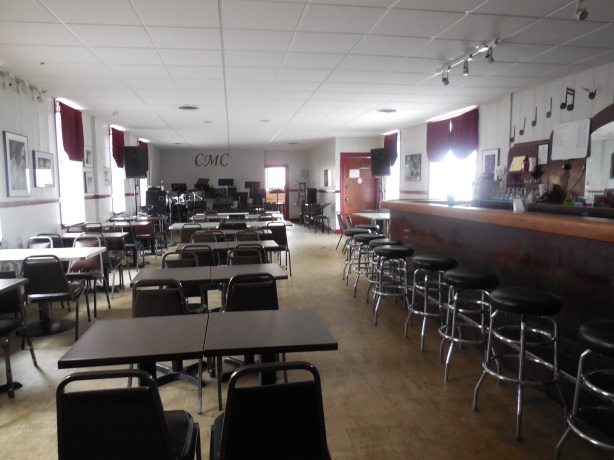
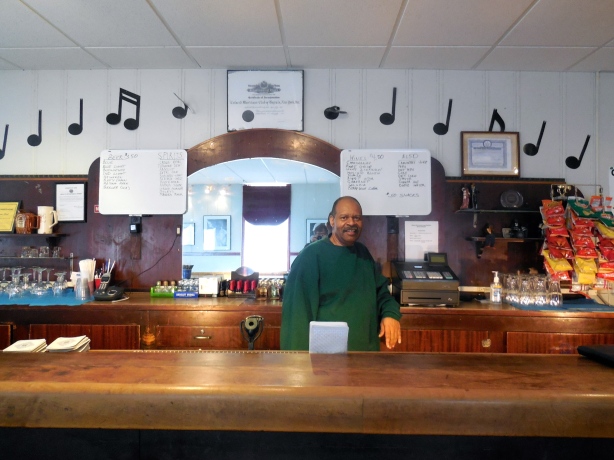
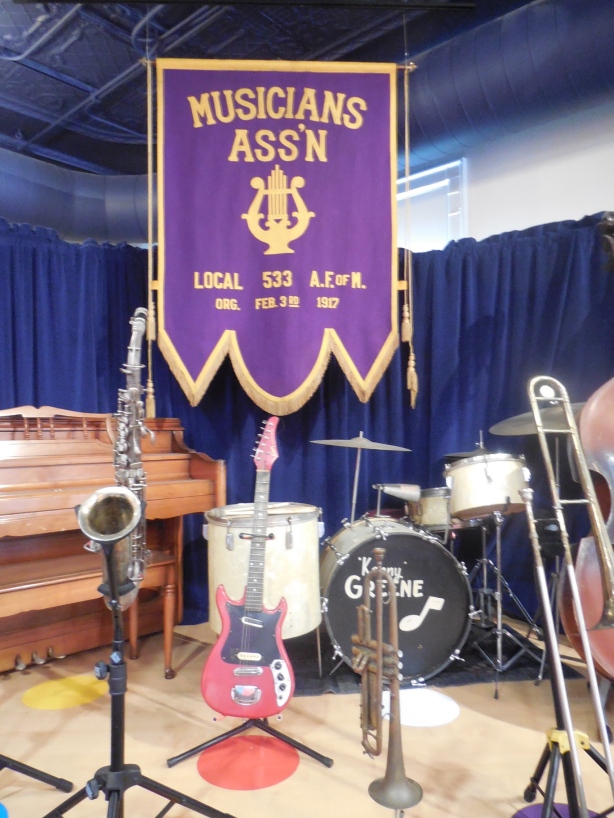
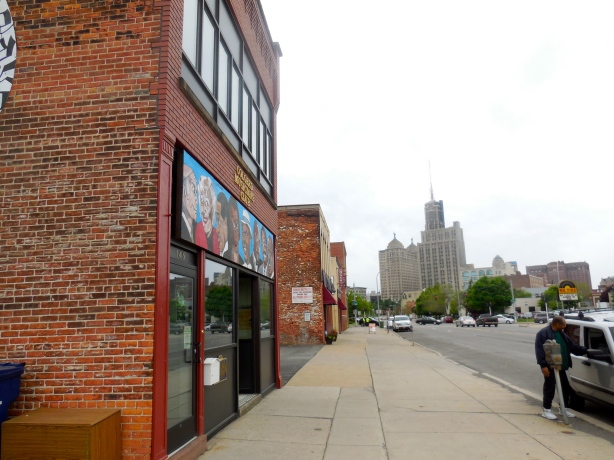
Additional Sources:
+The Colored Musicians’ Club website is a model for websites, with video and photo archives as well as the usual kinds of website information:
http://www.coloredmusiciansclub.org/history.html
+City of Chicago Historic Landmarks Ordinance text: http://www.cityofchicago.org/content/dam/city/depts/zlup/Historic_Preservation/Publications/Chicago_Landmarks_Ordinance_2014.pdf
